How to Live Well with Rheumatoid Arthritis in Old Age: Essential Tips for Better Health
Living with rheumatoid arthritis (RA) in old age presents unique challenges, but it’s entirely possible to live well and maintain a fulfilling life despite the condition. If you’re wondering how to live well with rheumatoid arthritis in old age, the journey begins with understanding the condition itself and making adjustments that prioritize your health and well-being. Having worked as a rheumatoid arthritis expert for years, I’ve witnessed firsthand how patients can thrive, even as they manage RA’s impact. So, let’s dive in together and explore practical tips that can help you enjoy a higher quality of life.
What is Rheumatoid Arthritis and Why It’s Different in Old Age?
Rheumatoid arthritis is an autoimmune disease that causes inflammation in the joints, leading to pain, stiffness, and swelling. It’s different from osteoarthritis, which is typically related to aging and wear-and-tear on the joints. With RA, the immune system mistakenly attacks the synovium (the lining of the joints), resulting in chronic inflammation. In old age, this chronic inflammation can lead to increased joint damage and reduced mobility, making it even harder to manage day-to-day tasks.
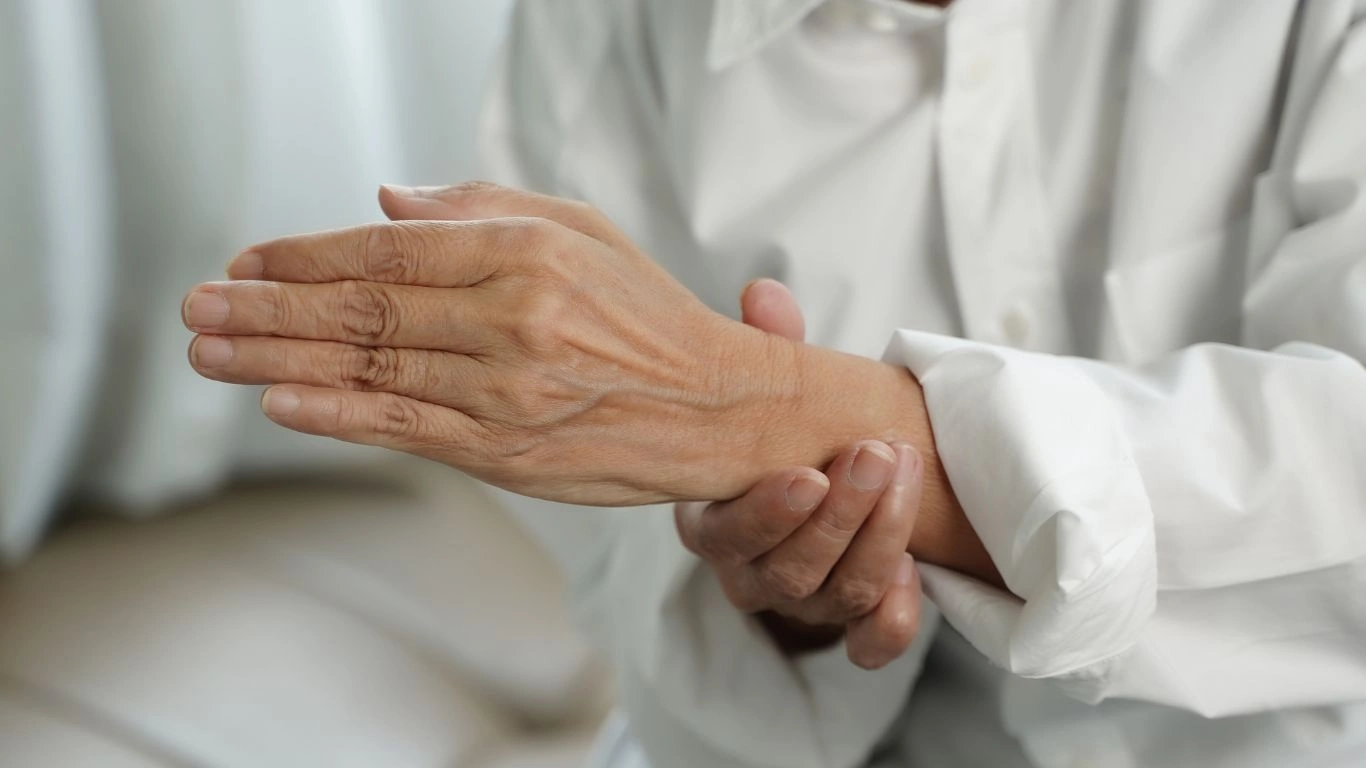
As we age, our bodies naturally undergo changes that affect joint health, making RA symptoms potentially more intense. However, with the right approach to treatment and lifestyle modifications, seniors can still find ways to manage RA effectively and improve their quality of life. Here are some key factors that come into play when dealing with RA in old age:
1. Age-Related Changes and Their Impact on RA
As we grow older, several changes occur in our bodies that may amplify the effects of RA. Bone density decreases, muscle mass starts to decline, and connective tissues lose some of their flexibility. These changes can worsen joint function and contribute to discomfort or even disability. It’s essential to understand that these age-related changes don’t mean you have to accept a life full of pain or immobility. There are strategies to minimize their impact.
2. The Importance of Early Diagnosis and Ongoing Monitoring
If you’re dealing with RA in your senior years, early diagnosis and consistent monitoring are more crucial than ever. Catching symptoms early allows for better management of the disease before it has a chance to cause permanent joint damage. Regular check-ups with your healthcare provider are key to assessing the progression of your condition and adjusting treatment plans accordingly. If you notice any changes in your symptoms or functionality, don’t hesitate to reach out to your doctor.
How to Live Well with Rheumatoid Arthritis in Old Age
Now, let’s talk about the actionable steps you can take to maintain a high quality of life while living with rheumatoid arthritis in old age. Living well with RA requires more than just medications—it’s about adopting a holistic approach to your health. I’ve worked with numerous patients over the years, and one thing is clear: making small, consistent changes can make a huge difference. Let’s break it down.
1. Medication Management: Finding What Works for You
The foundation of managing RA in old age is a tailored medication plan. The right medications can control inflammation, relieve pain, and prevent joint damage. Your doctor may recommend disease-modifying antirheumatic drugs (DMARDs), biologics, or corticosteroids, depending on your specific case. However, it’s important to remember that RA treatment plans need regular adjustments, especially as we age. Keep an open line of communication with your healthcare provider to monitor side effects and effectiveness.
For instance, while biologics can be incredibly effective in controlling inflammation, some older adults might be more sensitive to certain side effects. Working with your doctor to fine-tune your medications ensures you’re getting the best possible treatment while minimizing any risks.
2. Diet and Nutrition: Fueling Your Body for the Long Haul
Eating a well-balanced diet rich in anti-inflammatory foods is another powerful tool in managing RA. In fact, nutrition plays a significant role in reducing inflammation and supporting joint health. A Mediterranean-style diet, rich in healthy fats, antioxidants, and lean proteins, is particularly beneficial for people with RA. Foods like fish (especially salmon, mackerel, and sardines), nuts, seeds, leafy greens, and berries are all excellent choices.
- Healthy fats: Olive oil, avocado, and fatty fish help reduce inflammation.
- Antioxidants: Vegetables like spinach, kale, and bell peppers can fight oxidative stress.
- Fiber: Whole grains, legumes, and fruits help reduce inflammatory markers in the body.
On the flip side, try to avoid foods that promote inflammation, such as refined sugars, processed meats, and fried foods. If you’re unsure where to start, consider consulting a nutritionist who specializes in RA to help craft a meal plan that supports your health goals.
3. Exercise and Joint Care: Stay Active, Stay Strong
Exercise might sound like the last thing you want to do when you’re experiencing joint pain, but trust me, staying active is one of the best ways to manage rheumatoid arthritis, especially as you get older. Regular physical activity helps maintain joint flexibility, strengthens muscles around the joints, and improves overall mobility.
It’s essential to choose exercises that are low-impact and joint-friendly. Swimming, water aerobics, and cycling are fantastic options for seniors with RA. These activities minimize strain on the joints while still providing a good workout. Additionally, gentle stretching and yoga can improve range of motion and reduce stiffness.

If you’re new to exercise or haven’t been active for a while, start slow. Aim for about 30 minutes of physical activity per day, spread throughout the week. It could be as simple as a short walk or stretching routine in the morning. Just be sure to listen to your body and adjust as needed.
4. Rest and Sleep: Don’t Underestimate the Power of Recovery
Living with RA can be exhausting, and one of the best ways to support your body is by prioritizing rest and sleep. Quality sleep allows your body to repair itself, reduces inflammation, and helps you manage pain better. If you’re having trouble sleeping due to discomfort, try using pillows to prop up sore joints or experiment with a softer mattress.
Another helpful practice is pacing yourself throughout the day. Don’t overexert yourself on days when you’re feeling good. Balance physical activity with rest to prevent flare-ups. And don’t forget—mental rest is just as important. Taking time to unwind and reduce stress can help lower inflammation and improve overall well-being.
Creating a Support System
Having a strong support system is critical when dealing with rheumatoid arthritis, especially in old age. Whether it’s friends, family, or fellow RA patients, being surrounded by understanding and caring individuals makes a huge difference. Having people to talk to and share your experiences with can alleviate emotional stress and provide valuable insights into managing your condition.
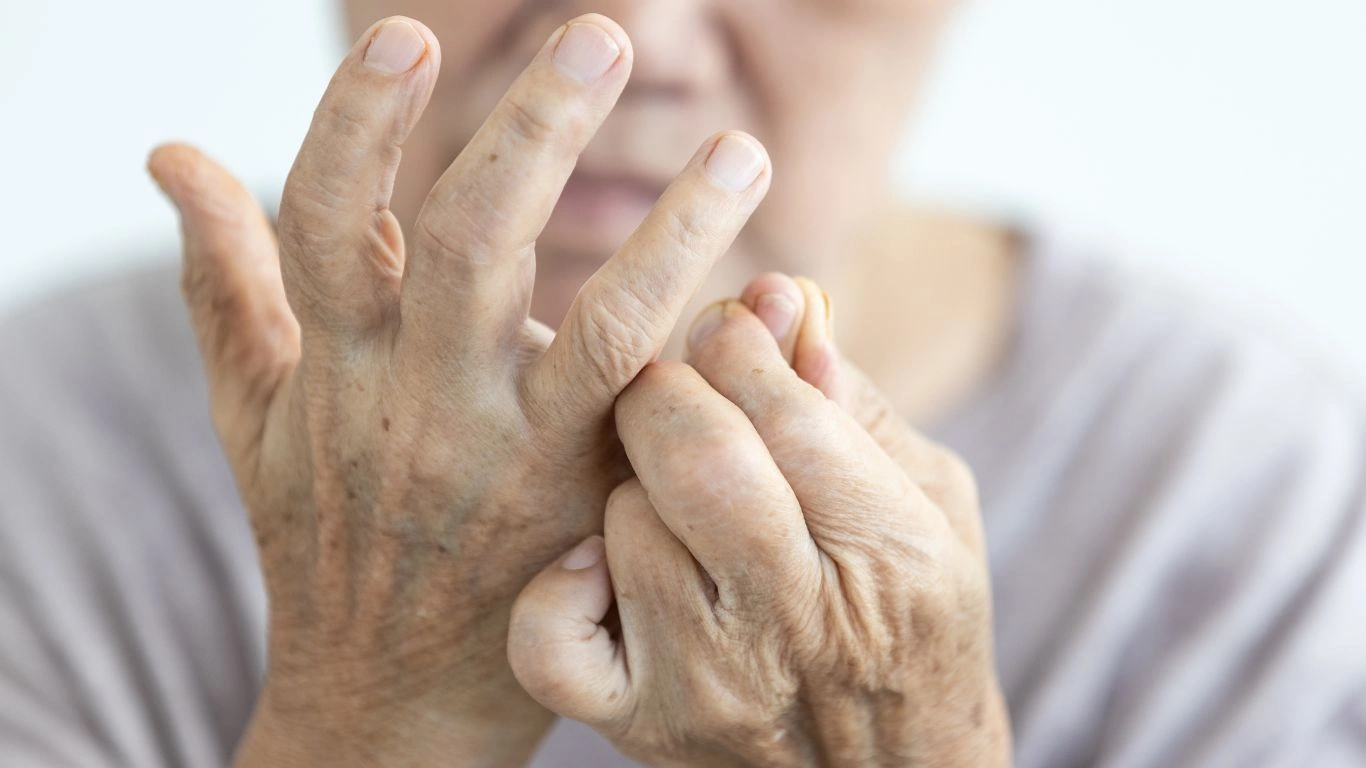
Managing Stress and Mental Health with Rheumatoid Arthritis
Living with rheumatoid arthritis in old age can sometimes take a toll on your mental health. Chronic pain, fatigue, and limitations in daily activities can lead to feelings of frustration, anxiety, or even depression. The emotional aspect of RA is just as important as the physical side, and learning how to manage stress is a key part of living well with the condition.
As a rheumatoid arthritis expert, I’ve seen countless patients struggle with the psychological impacts of RA. It’s not uncommon to feel overwhelmed, especially when flare-ups happen, or when the disease progresses. But it’s important to remember that mental well-being is just as crucial as physical health. Taking steps to address emotional health can greatly improve your overall quality of life.
1. Understanding the Link Between RA and Mental Health
It’s essential to recognize the connection between RA and mental health. Chronic pain and disability can lead to a phenomenon called “pain catastrophizing,” where the fear and anticipation of pain becomes overwhelming. This can spiral into heightened anxiety or depression. Additionally, the stress of managing a chronic illness day after day can trigger feelings of hopelessness.
But here’s the thing—managing your mental health is entirely possible. Small changes in your routine can have a profound impact. Let’s talk about some strategies that can help you cope with the mental strain of living with RA.
2. Mindfulness and Meditation: Calming the Mind
One of the most effective ways to combat stress and improve mental health is through mindfulness and meditation. These practices help you stay in the present moment, focusing on your breathing and sensations in the body, rather than getting lost in worries about pain or the future. Over the years, I’ve found that many of my patients experience significant relief from anxiety and stress through regular mindfulness exercises.
If you’re new to mindfulness, start by setting aside just five minutes a day. Find a quiet space, close your eyes, and take deep, slow breaths. Focus on the sensation of your breath entering and leaving your body. As thoughts arise (and they will!), gently guide your attention back to your breath without judgment. With practice, this can help reduce the mental strain that RA often brings.
3. Support Groups: Sharing Your Journey
Another valuable tool for managing the emotional side of RA is connecting with others who understand what you’re going through. I’ve seen time and time again how support groups can be life-changing for people living with RA. Whether it’s an in-person group or an online community, sharing experiences with others who truly understand your struggles can be incredibly healing.
In these groups, you can talk about the challenges of living with RA, swap tips for managing flare-ups, and provide each other with emotional support. Plus, knowing that you’re not alone in your experience can help ease feelings of isolation and frustration. If you haven’t yet, consider seeking out a support group in your area or online. It might just be the boost you need to feel understood and empowered.

4. Therapy and Counseling: A Professional Touch
If you’re feeling particularly overwhelmed by the emotional toll of RA, speaking with a therapist or counselor can be incredibly helpful. Cognitive-behavioral therapy (CBT) is one type of therapy that has shown great promise in helping patients manage chronic pain and stress. It focuses on changing negative thought patterns and replacing them with healthier, more constructive ways of thinking.
There’s no shame in seeking professional help—just as you’d see a doctor for joint pain, you should see a therapist for emotional support. The right therapist can help you develop coping strategies for dealing with RA’s emotional impact and give you tools to navigate the ups and downs of living with a chronic condition.
Improving Mobility and Preventing Further Joint Damage
One of the most significant concerns for seniors with rheumatoid arthritis is maintaining mobility and preventing joint damage. RA can severely impact joint function over time, but with proper care, it’s possible to slow down the progression and maintain as much independence as possible. I’ve worked with many patients who were initially concerned about losing mobility, but with the right approach, they were able to improve their function and even regain some lost movement.
1. Early Intervention: Preventing Joint Deformities
Early intervention is crucial when it comes to preventing long-term joint damage. Medications like disease-modifying antirheumatic drugs (DMARDs) and biologics can help reduce inflammation, which, in turn, helps prevent joint destruction. These treatments can be particularly effective in slowing the progression of the disease, which is why regular monitoring by a healthcare provider is essential.
Additionally, physical therapy plays a significant role in maintaining joint function. Physical therapists can teach you exercises that improve strength and flexibility, reduce stiffness, and prevent further joint deterioration. I’ve seen many patients benefit from the tailored exercises physical therapists provide, especially when they’re struggling with mobility issues.
2. Adaptive Devices: Making Life Easier
Incorporating adaptive devices into your daily routine can significantly improve your quality of life and help with mobility. There are countless tools designed specifically for people with rheumatoid arthritis, from grab bars in the bathroom to specialized kitchen tools that reduce strain on your hands and wrists.
- Ergonomic kitchen tools: Look for utensils with larger, cushioned handles that reduce grip strain.
- Walking aids: A cane or walker can provide support and help prevent falls.
- Specialized footwear: Supportive shoes with cushioned soles can make a world of difference in terms of comfort and balance.
These adaptive tools aren’t just about convenience—they can help you maintain your independence, reduce the risk of injury, and make it easier to perform everyday activities with less pain. Don’t hesitate to ask your healthcare provider for recommendations on products that can enhance your daily life.
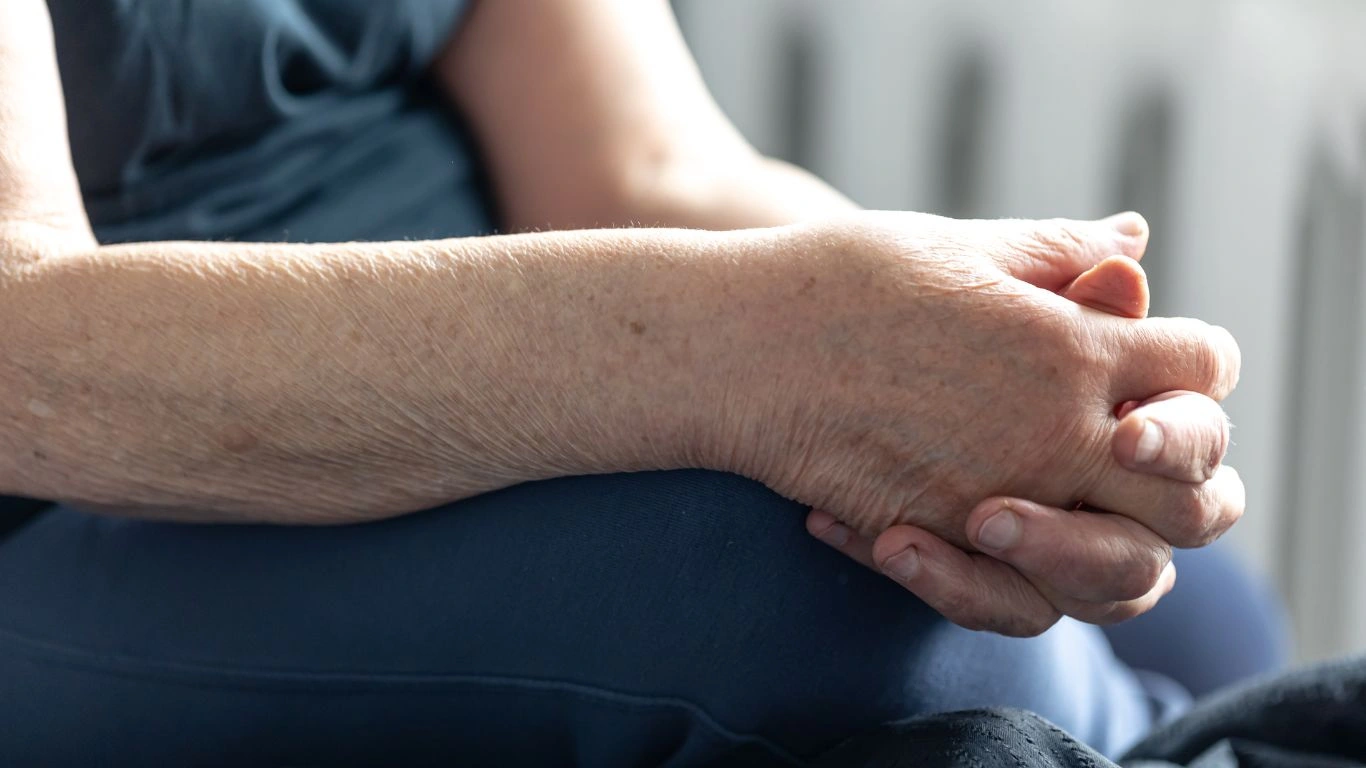
3. Joint Protection Strategies: Preserve Your Mobility
Another key aspect of preventing further joint damage is adopting joint protection strategies. This involves using proper body mechanics and avoiding movements that put unnecessary strain on your joints. For example, when lifting, try to use your larger muscles (like your legs) instead of your hands or wrists, which can be more prone to damage. Also, avoid staying in one position for too long, as it can lead to stiffness and discomfort.
It’s also important to pace yourself throughout the day. Don’t overexert your joints, especially during flare-ups. By breaking tasks into smaller steps, you can prevent overloading your joints and reduce the risk of injury. These strategies, combined with the right treatment and exercise, can help preserve joint function for many years to come.
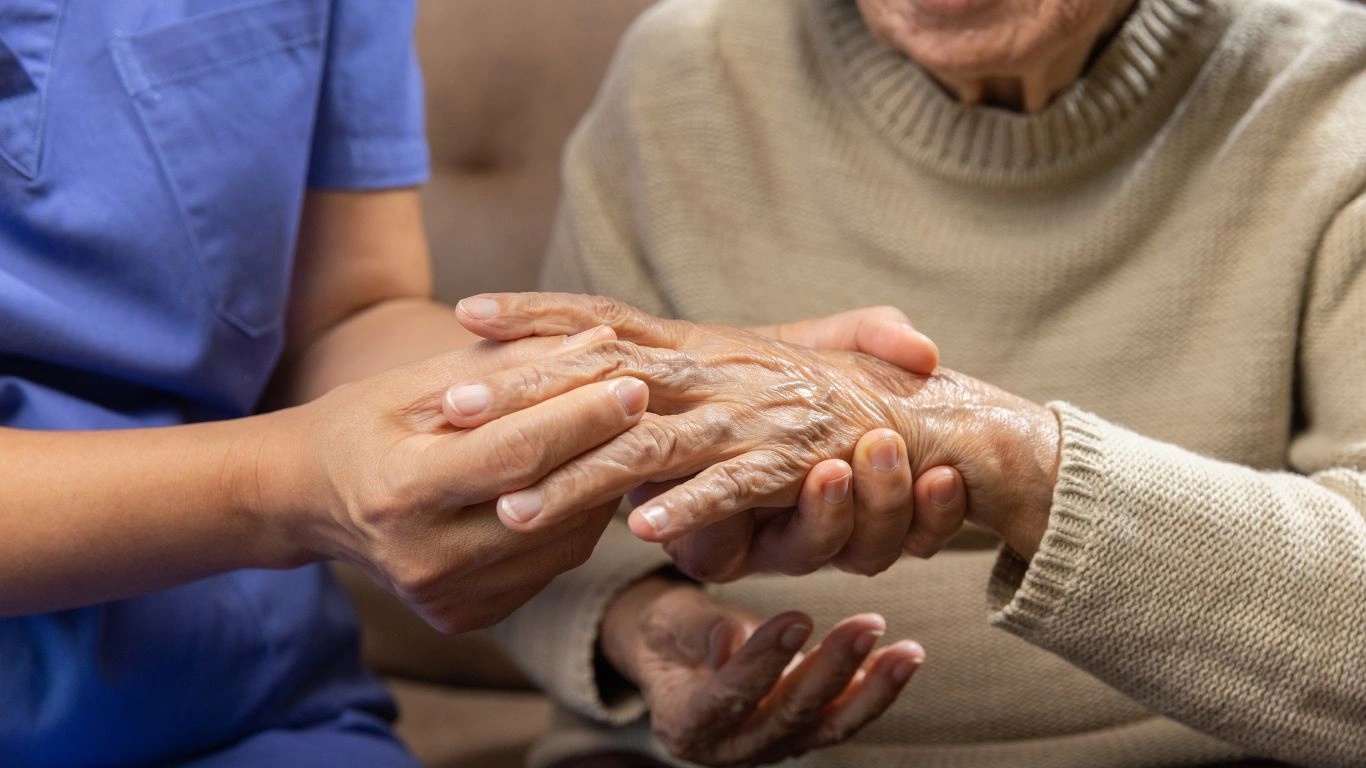
Adapting to New Routines: Small Changes, Big Benefits
One of the most important aspects of living well with rheumatoid arthritis in old age is finding a new routine that works for you. Change isn’t always easy, especially when it comes to adjusting your daily activities to accommodate RA symptoms, but these changes can make a huge difference in maintaining your independence and improving your overall quality of life. Over the years, I’ve seen so many patients take small steps that lead to big improvements in how they manage their RA day-to-day. These adaptations not only help you stay active and independent but also prevent unnecessary strain on your joints and muscles.
1. Creating a RA-Friendly Environment
Your home environment plays a huge role in how comfortable you are living with RA. It’s essential to make sure your space is set up in a way that reduces strain on your joints and minimizes the risk of injury. This can mean something as simple as moving things around to make them more accessible or investing in a few assistive devices that make tasks easier. I’ve had many patients report that once they made these adjustments, they felt much more comfortable and confident going about their day-to-day tasks.
Here are some changes that can help:
- Organize your space: Place frequently used items at waist height to avoid bending or stretching too much. Keep kitchen and bathroom essentials within arm’s reach.
- Use assistive devices: Grab bars in the bathroom, a reacher for grabbing high items, or an electric can opener can help you do things more easily without straining your joints.
- Adjust your furniture: Look into chairs that offer better support and are at the right height for easy sitting and standing. A recliner or lift chair might be especially useful.
These small changes don’t require a complete overhaul of your home, but they can make a big difference in how well you’re able to move around and take care of yourself.
2. Staying Engaged in Social Activities
One of the most challenging aspects of managing rheumatoid arthritis in old age is the potential for social isolation. As pain and stiffness become more persistent, it can be tempting to stay at home and limit interactions with others. However, this can actually worsen your mental health, leading to feelings of loneliness or depression. Staying connected to friends, family, and community is just as important as managing the physical aspects of RA. I always encourage my patients to continue participating in social activities, even if it requires adjustments to accommodate their physical abilities.
Social engagement doesn’t have to mean running marathons or attending large events. It can be as simple as enjoying a quiet afternoon with friends or participating in online discussions with others who understand what you’re going through. You might also find activities that allow you to stay active but are easy on your joints, like walking with a friend or joining a senior art class.
Having a strong support system makes a huge difference in managing your emotional well-being. Whether it’s a family member, a close friend, or a support group, staying connected is essential for maintaining both your mental and physical health. I’ve seen how these simple social interactions can help lift someone’s spirits and make them feel more empowered in dealing with RA.
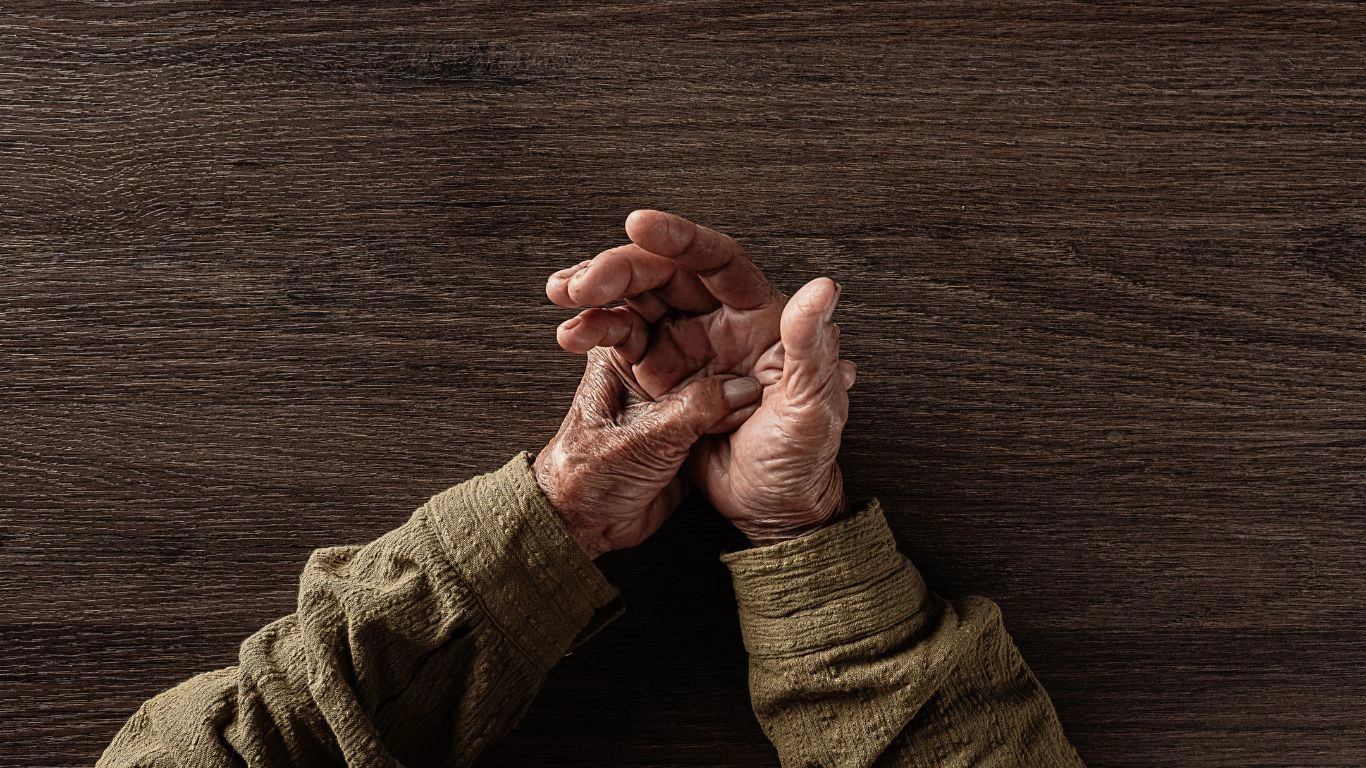
The Role of Regular Check-ups and Personalizing Your Treatment Plan
RA is a dynamic condition that can change over time, and it’s important to stay on top of your health by attending regular check-ups with your rheumatologist. These visits are crucial for assessing the effectiveness of your treatment plan and making adjustments as needed. I’ve worked with many patients who, by simply staying consistent with their medical appointments, have been able to avoid significant flare-ups and complications that come from neglecting regular monitoring.
As you age, managing your RA becomes a highly individualized process. What works for one person might not work for another, so personalizing your treatment plan is key. Your doctor will likely assess your symptoms, how well you’re responding to medications, and any side effects you might be experiencing. They may also monitor for additional issues that could arise with aging, such as osteoporosis or cardiovascular health, as these are often more prominent in people with RA.
1. Medication Adjustments: Fine-Tuning Your Approach
RA medications are not a one-size-fits-all solution. The medications that work for you now might need to be adjusted as you age, or as the disease progresses. Biologic drugs, for example, can be extremely effective for controlling inflammation, but they may not always be suitable for older patients, depending on other underlying health conditions. That’s why staying in close contact with your doctor about how your treatment is working is essential.
In addition to prescription medications, many people find relief from supplements like omega-3 fatty acids or turmeric, which have natural anti-inflammatory properties. While these aren’t substitutes for prescribed treatments, they can complement your medication and help support overall joint health.
2. Regular Lab Tests and Monitoring
In addition to routine visits with your rheumatologist, regular blood tests and other diagnostic procedures can help track the progression of your RA and catch any complications early. Monitoring markers like erythrocyte sedimentation rate (ESR) and C-reactive protein (CRP) can give your doctor valuable insight into the level of inflammation in your body. This way, adjustments can be made to your treatment plan promptly, ensuring you’re always on the right track to manage your condition effectively.
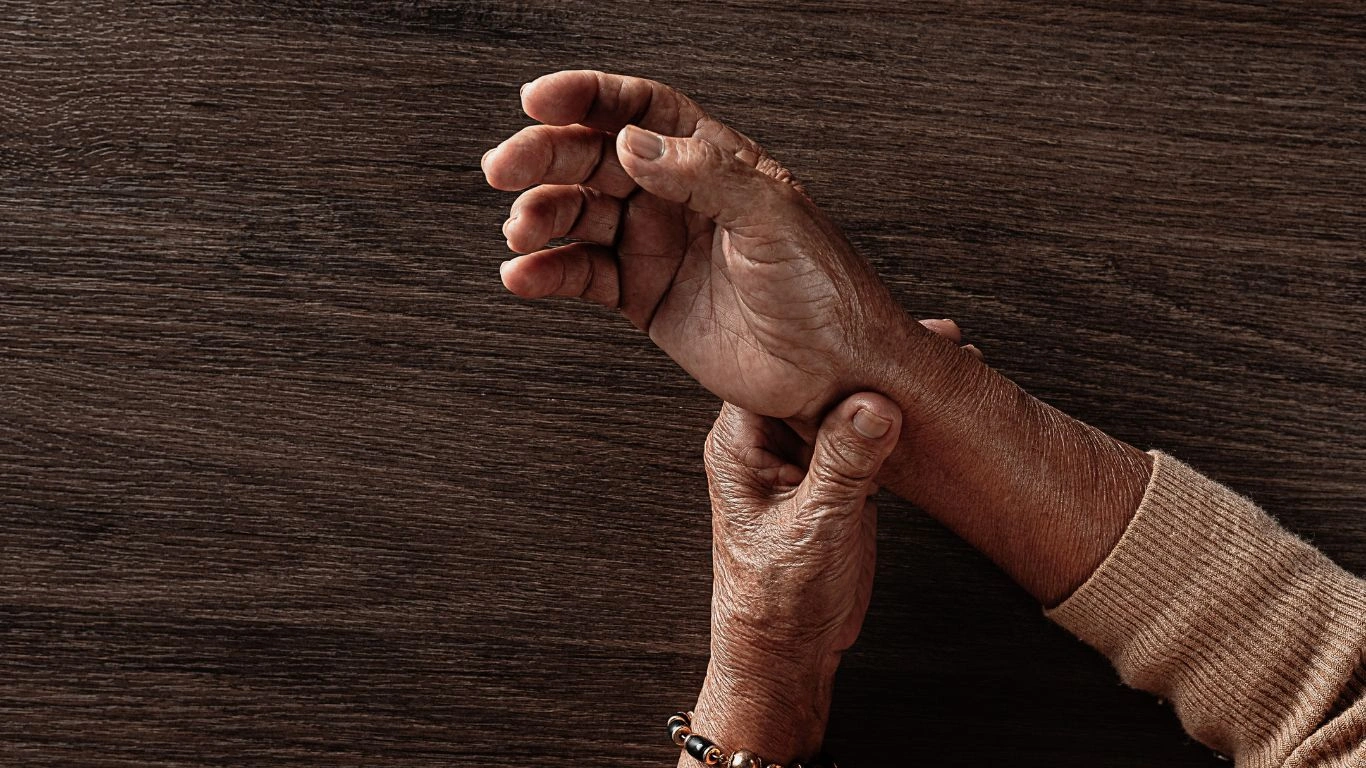
Living Well Beyond RA: Embracing Life with Purpose
Finally, it’s important to remember that rheumatoid arthritis doesn’t have to define who you are or how you live. I’ve worked with countless patients who have learned to live well with RA by focusing on what they can do, rather than what they can’t. RA may change the way you approach life, but it doesn’t have to stop you from living a fulfilling, purposeful life.
Whether it’s pursuing a hobby, volunteering, or spending time with loved ones, there are so many ways to find joy and purpose, even while managing RA. Some of my patients have taken up painting, gardening, or even started their own businesses—activities they never thought they’d have the energy or ability for, but that brought them immense satisfaction. Life doesn’t stop just because you have RA—it may take a little creativity to find your new normal, but it’s possible to continue pursuing what makes you happy.
With the right mindset and support, RA becomes just one part of your life, not the whole story. Focus on your strengths, adapt to the changes that come your way, and continue to seek out new opportunities for growth and connection.
Disclaimer: The information provided in this article is for general informational purposes only. It is not intended as medical advice, nor should it be used as a substitute for consulting with a healthcare professional. Always seek the advice of your physician or another qualified health provider with any questions you may have regarding a medical condition.
For more resources on living with rheumatoid arthritis, visit Google to explore a wide range of health and support materials tailored to RA management.

Tarra Nugroho is a dedicated Nurse Practitioner with a strong foundation in family and preventive care. She brings both compassion and clinical expertise to her practice, focusing on patient-centered care and health education. As a contributor to Healthusias.com, Tarra translates medical knowledge into clear, empowering articles on topics like women’s health, chronic disease management, and lifestyle medicine. Her mission is simple: help people feel seen, heard, and informed—both in the clinic and through the content she creates. When she’s not caring for patients, Tarra enjoys weekend hikes, plant-based cooking, and curling up with a good health podcast.






